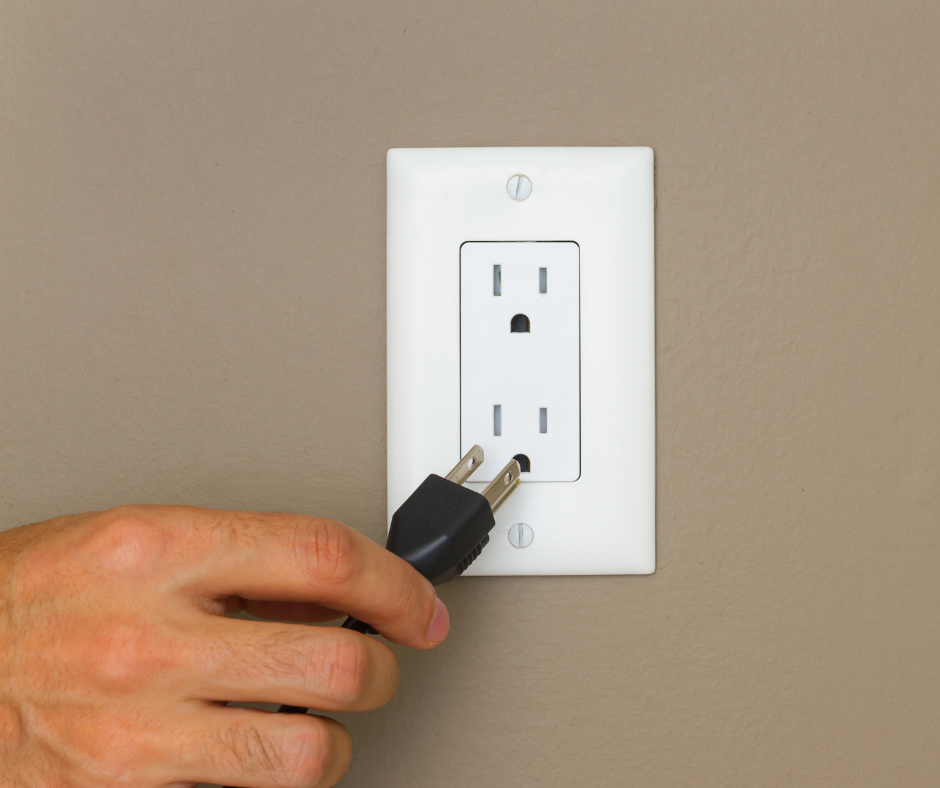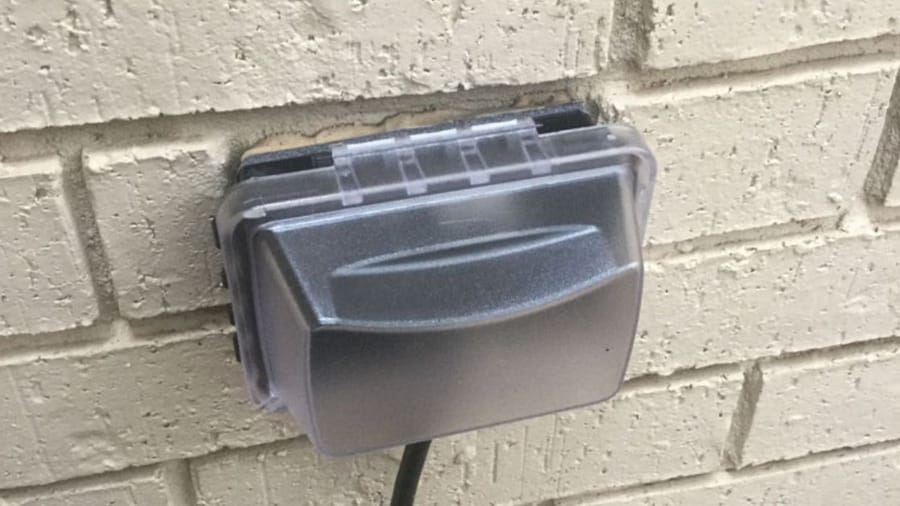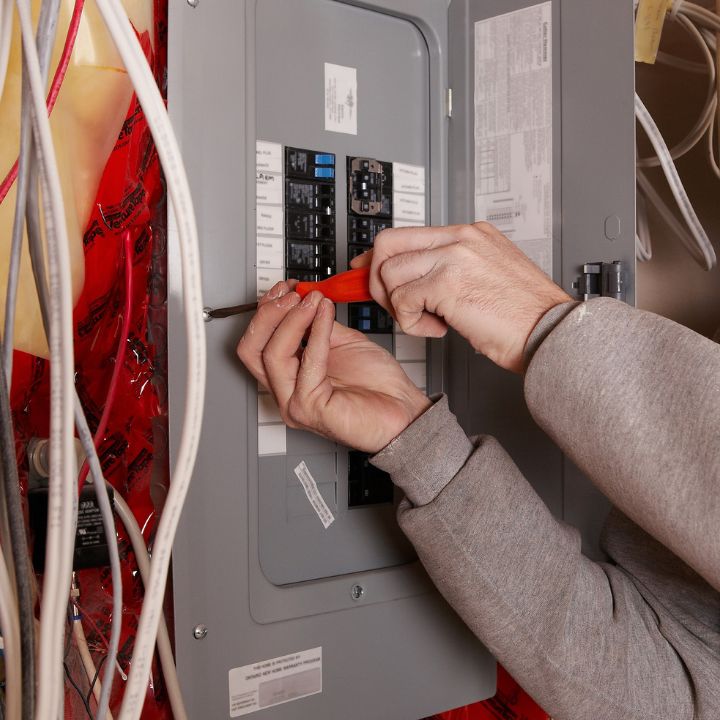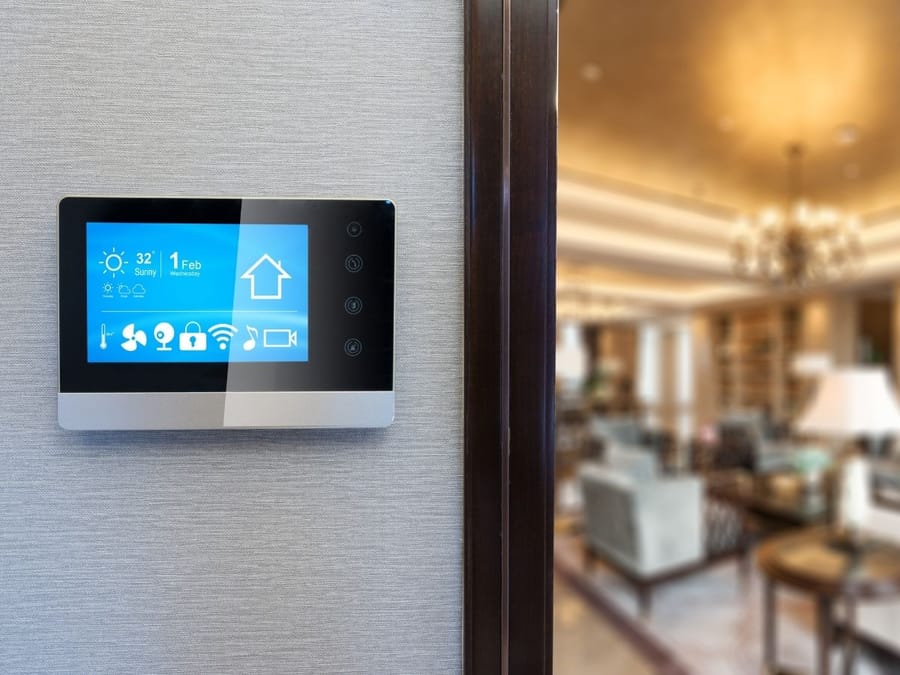Google Rating
What Is a Short Circuit?

A short circuit might sound like a small inconvenience, but it can be a major hazard hiding behind your walls. Many homeowners experience flickering lights or tripping breakers and don’t realize they could be signs of a short circuit. Left unaddressed, these electrical issues can cause damage to your appliances—or even spark a house fire. That’s why it’s so important to understand what a short circuit is, what causes it, and how to recognize the warning signs. Whether your home is brand-new or decades old, electrical problems can strike at any time, especially when circuits are overloaded or wires are worn.
In this blog, we’ll walk you through everything you need to know about short circuits—from causes and symptoms to prevention and when to call in the pros.
What Is a Short Circuit and Why Is It Dangerous?
A short circuit occurs when the flow of electricity strays from its intended path, allowing current to travel along an unintended route with little to no electrical resistance. This can happen when a hot wire touches a neutral or ground wire, or when damaged wires expose conductive material. The result is an overwhelming surge of electrical current that the circuit simply can’t handle.
Short circuits are one of the most common and dangerous electrical problems homeowners face. They can cause immediate effects like power loss or overheating, but the hidden risk is much greater—short circuits are a leading cause of electrical fires. In fact, even a single arc or spark from a short circuit behind your wall can ignite surrounding insulation or wood.
In addition to posing a fire hazard, short circuits can destroy expensive appliances and put your home’s entire electrical system at risk. If you don’t address the problem quickly, what starts as a simple flicker or breaker trip could lead to significant repair costs—or worse, personal injury.
Understanding how short circuits happen and how to prevent them is key to maintaining a safe, functional home.
Signs of a Short Circuit and What Causes It
Recognizing the early warning signs of a short circuit can help prevent costly damage or even a house fire. Let’s explore the symptoms you should watch for and the most common reasons short circuits happen in the first place.
Common Signs of a Short Circuit
Be on the lookout for these noticeable red flags around your home:
- Frequent breaker trips – If a breaker keeps shutting off shortly after resetting, it may be due to a short circuit.
- Flickering or dimming lights – Unstable lighting can indicate electrical issues within your circuit.
- Sparks or popping sounds – These are often heard when plugging in an appliance or flipping a switch.
- Burning smell or scorched outlets – A sign of heat buildup that may come from faulty wiring.
- Melted insulation or visible wire damage – Look for melted plastic or blackened areas near outlets or power cords.
What Causes a Short Circuit?
Several factors can contribute to a short circuit, many of which are hidden until damage occurs:
- Frayed or damaged wires – Wear and tear or rodent activity can expose wires, allowing electricity to escape its proper path.
- Loose connections – Poorly secured wires inside outlets, switches, or breaker panels can cause accidental contact.
- Faulty appliances – Malfunctioning devices may have internal wiring issues that result in shorting when plugged in.
- Water or moisture – Water is an excellent conductor and can bridge connections in ways that create short circuits.
- Overloaded circuits – Plugging too many high-draw appliances into a single outlet can strain the circuit and lead to shorting.
Knowing the signs and causes of a short circuit helps you stay one step ahead of a potential hazard.
How to Fix a Short Circuit Safely and Effectively
Once you recognize the warning signs, it’s important to know what steps you can take—and when to leave it to the pros. Here’s how you can approach short circuit issues safely.
DIY Solutions for Minor Electrical Issues
While you should never attempt to repair wiring inside your walls unless you’re a licensed electrician, there are a few safe steps homeowners can take:
- Unplug all appliances in the affected area – If a breaker trips repeatedly, start by unplugging devices to see if one is causing the problem.
- Inspect cords and plugs – Look for signs of melting, cracking, or fraying, and avoid using damaged items.
- Test one appliance at a time – Plug in each device individually to identify if a specific item is causing the issue.
- Reset the breaker – Flip the tripped breaker back into place once. If it trips again immediately, stop there.
Remember, even these simple tasks should be done with caution. If anything seems unsafe, don’t take the risk.
When to Call a Licensed Electrician
Certain short circuit problems require expert attention right away. Don’t wait to call a professional if you experience:
- Repeated breaker trips with no obvious cause
- Visible sparks or electrical arcing
- Hot or buzzing outlets and switches
- Smoke, burning smells, or signs of charring
- Old or outdated wiring systems in your home
An electrician can diagnose the source of the short circuit, make safe repairs, and recommend long-term solutions to prevent recurrence. With electricity, it’s always better to be cautious and consult a professional like Pacific Electric rather than take a chance.
Tips to Prevent a Short Circuit in Your Home
The best way to handle a short circuit is to prevent one from happening in the first place. With a few smart habits and routine maintenance, you can significantly reduce your risk of electrical hazards.
- Avoid overloading outlets – Plugging in too many high-powered devices can stress your circuits and lead to overheating.
- Inspect cords and plugs regularly – Replace any cords that show signs of wear, fraying, or exposed wires.
- Keep electrical components dry – Never place appliances near sinks or other water sources, and use outlet covers in damp areas like bathrooms and garages.
- Use surge protectors – These can help protect your devices and circuits from sudden spikes in electricity.
- Schedule routine inspections – Have a licensed electrician check your system, especially in older homes where wiring may be outdated.
- Install arc-fault circuit interrupters (AFCIs) – These advanced safety devices detect arcing before it becomes a fire risk and are a smart upgrade for many households.
By taking these precautions, you can protect your home, your belongings, and your loved ones from the dangers of a short circuit.
Don’t Ignore the Warning Signs of a Short Circuit
Short circuits are more than just a minor inconvenience—they’re a serious safety risk. From flickering lights to scorched outlets, even small signs can point to a much larger problem. Understanding what a short circuit is, how it happens, and what to do about it can help you keep your home and family safe.
While there are a few simple steps you can take on your own, electrical work is never something to tackle without proper training. If you’re unsure, it’s always best to leave it to the professionals. Acting quickly can prevent fires, protect your appliances, and help avoid costly repairs.
If you suspect a short circuit or need expert electrical help, contact Pacific Electric today. Our licensed electricians are here to inspect, repair, and protect your home’s electrical system with safe, reliable solutions.








